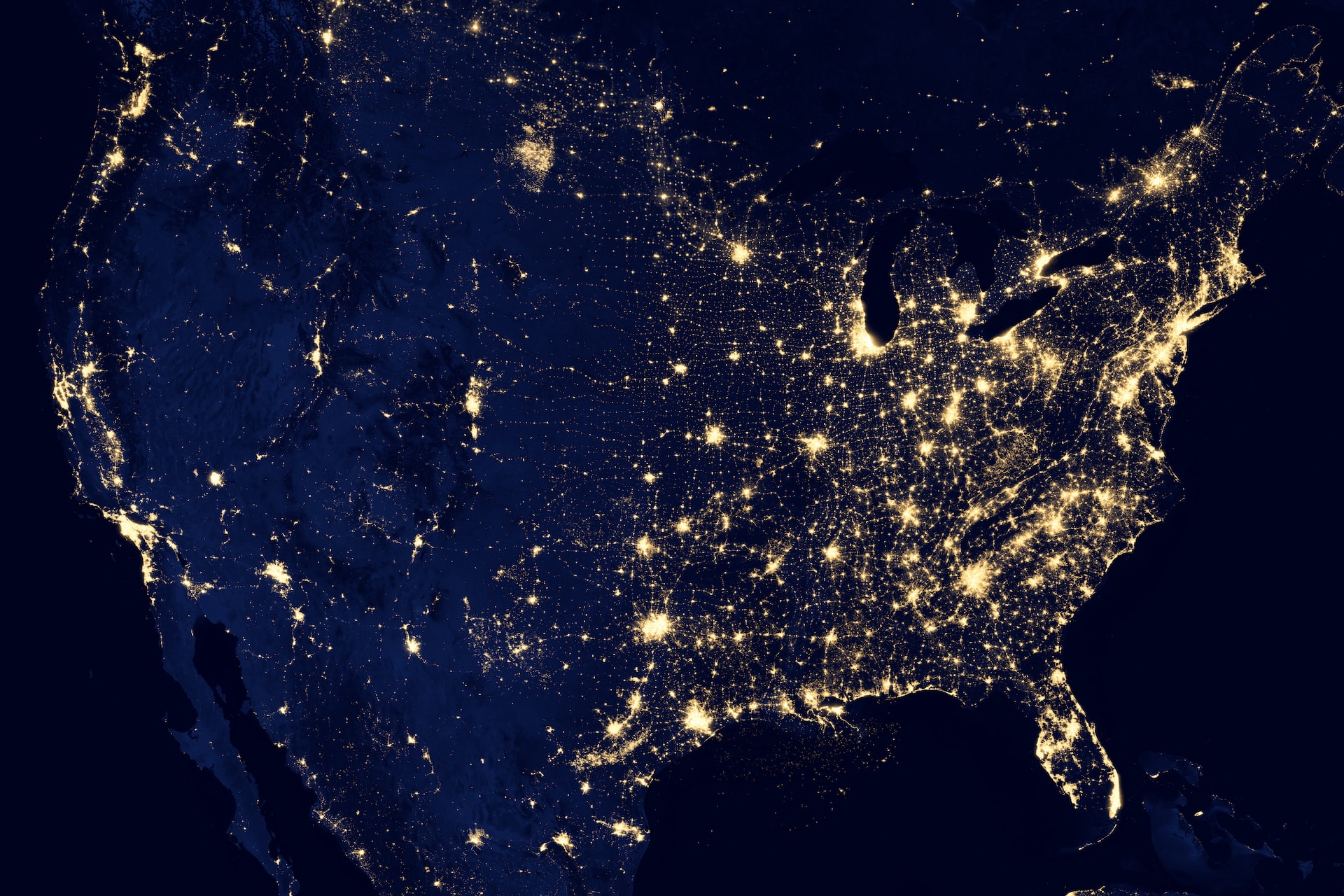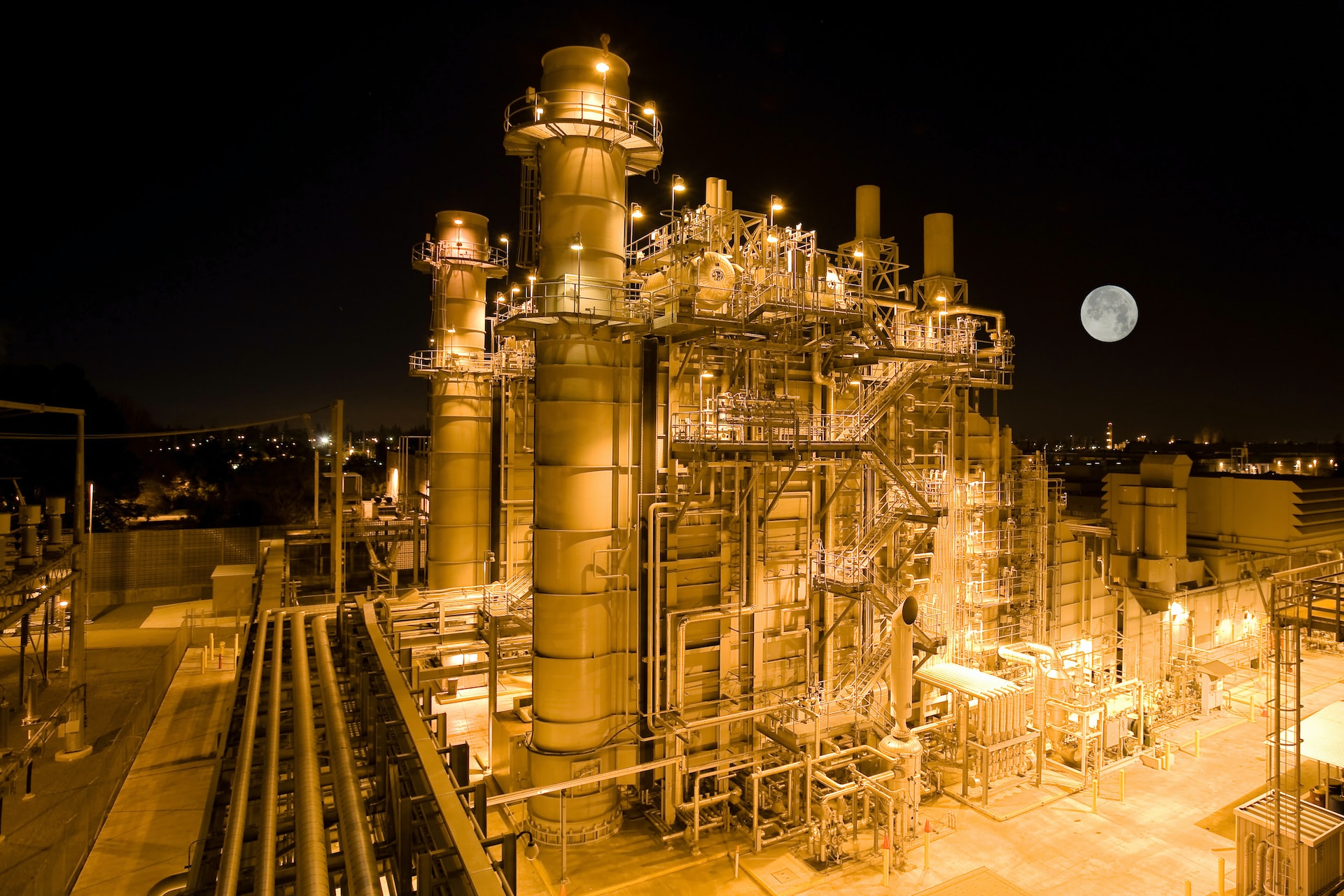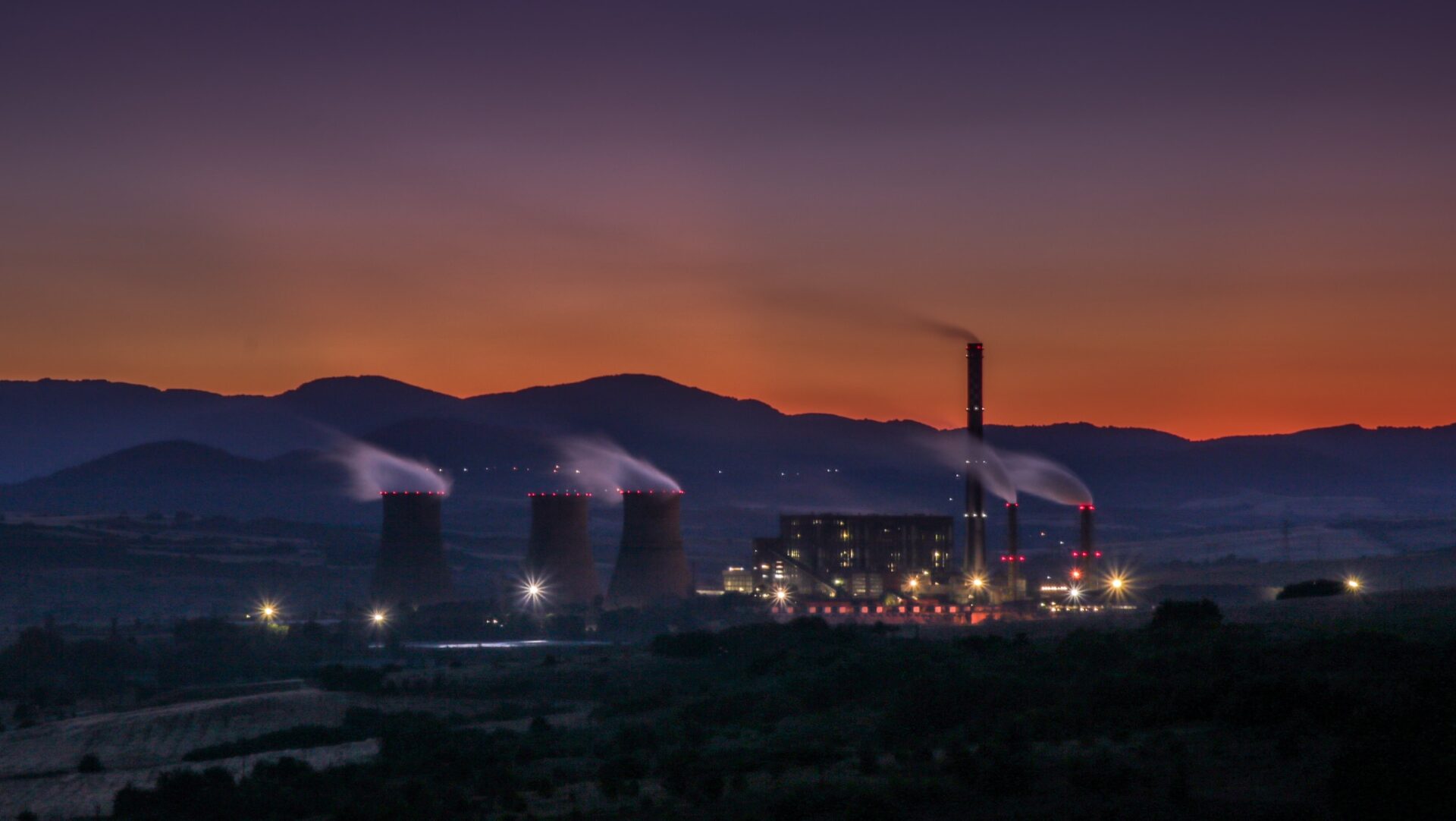
Fascinating Findings on U.S. Electricity Sources
We are reader-supported. When you buy through links on our site, we may earn affiliate commission.
Energy production and use in the United States have dramatically changed in the past decade. Most people would be surprised to find out which U.S. electricity sources are powering their home — and what environmental impacts they come with.
What Are the U.S. Electricity Sources?
The U.S. electricity sources consist mainly of natural gas, coal, nuclear, and renewables. The country is reliant on fossil fuels, but the Biden administration has begun a switch to clean alternatives. Either way, it’s the second-highest energy consumer in the world, and it shows.
In 2022, utility-scale power plants in the U.S. produced 4.24 trillion kilowatt-hours (kWh) of electricity. Around 60% came from fossil fuels, with natural gas making up a whopping 39.8% of the total. The next most common sources were renewables, coal, and nuclear power. Each made up roughly 20% of the energy production.
Where Does the U.S. Source Its Electricity?
While over 4 trillion kWh of electricity comes from domestic production, the U.S. also gets much of its power from others. It typically ships in far more than it generates — a massive amount of U.S. electricity sources come from imports. In 2021, the country received a little over 53 terawatt-hours from Canada and Mexico.

To put that into perspective, one TWh is equal to 1 billion kWh. Why does it matter where the U.S. gets its electricity? All of the extra transportation required to get it into the country creates tremendous amounts of greenhouse gas emissions.
How Do They Impact the Environment?
Each of the U.S. electricity sources impacts the environment differently.
- Natural Gas
Researchers have found natural gas isn’t as good for the planet as they once thought. Methane — the main component of natural gas — is arguably worse than coal. In fact, its lasting climate effects are 84 times stronger than carbon dioxide. This drastic negative environmental impact offsets any good it does as a “clean” alternative fuel source.
Collecting natural gas also has a significant adverse impact on the planet. The drilling process — fracking — causes microearthquakes and damages aquatic environments. It also leaks cancer-causing chemicals and radioactive wastewater into the surrounding areas.
To make matters worse, researchers realized inconceivable amounts of natural gas routinely seep out of storage facilities. For example, it took only four months for 100,000 tons of methane to leak from a single building in 2015 — the most in the country’s history. Since it’s odorless and colorless, the workers might not even realize they’re damaging the environment.
- Coal
Nearly one-fourth of the country’s electricity comes from coal. Even though its usage has been on the decline for years, many groups lobby hard to keep U.S. power plants using it. It has a worse environmental impact than nuclear or renewables, making it one of the worst energy sources in the country.
- Nuclear
Although people are wary about nuclear power, it offers some fascinating environmental benefits. Using it emits no carbon dioxide, so it doesn’t directly contribute to climate change. Even in its mining and manufacturing processes, it produces the same amount of indirect emissions as wind or solar energy.

Best of all, it is incredibly powerful. For instance, a one-inch-long uranium pellet can produce as much electricity as one ton of coal. It requires less space, doesn’t contribute directly to climate change, and lasts billions of years.
However, it does produce nuclear waste. Still, the density of uranium is so high that one facility will only create a few grams of high-level waste after powering someone’s home for an entire year. It also has multiple recycling methods, such as turning it back into fuel for the reactor.
- Renewables
Wind, solar, and hydropower combine to make up over 20% of the U.S. electricity sources. For the most part, they’re the country’s best energy option. They’re eco-friendly, affordable, and sustainable, unlike fossil fuels. However, they do come with various drawbacks. For example, solar panels can release hazardous chemicals into the environment during manufacturing and are non-recyclable.
Will Electricity Sources Change in the Future?
The U.S. electricity sources will likely evolve, even though it might take a while to get to that point. However, it’s challenging to say if the change will be positive or negative. As of 2023, many obstacles still block the path toward clean energy production.
Currently, reliance on unsustainable fuels is the main obstacle. For instance, the U.S. plans to build enough natural gas power plants to produce 17 million kWh of electricity — even as the Biden administration says it wants to get power plants to net zero carbon emissions by 2035. Mainly, it’s because natural gas is incredibly cheap.

Although natural gas produces less air pollution and carbon dioxide than coal, it is responsible for an astonishingly high percentage of climate change. If it continues to be among the top U.S. electricity sources for the coming decades, there’s no telling what damage it could do.
If activists, environmental groups, and regulatory agencies don’t step in to help, it will take much longer to get things on the right track. Better domestic production, more government oversight, and better auditing methods can go a long way in improving the country’s electricity sources.
Can the U.S. Become More Sustainable?
Even though the U.S. faces some significant obstacles, it can become more sustainable. Since the Biden administration dedicated millions of dollars toward clean energy production, it’s only a matter of time before the country drops fossil fuels and feels the benefits of positive change.
For example, the Energy Information Administration believes renewable use will increase by 91 billion kWh in 2024. It expects utility-scale power plants will increase solar and wind production by almost 60 gigawatts in the same year. If they’re right, it would be the highest amount recorded in U.S. history.
Even though a future powered by green energy can seem impossible sometimes, many people are working hard behind the scenes to make it a reality. In fact, the U.S. began using renewables more than coal for the first time ever in 2022. Positive change might take time, but it’s definitely possible.
The Facts About the U.S. Electricity Sources
While most of the U.S. electricity sources come from fossil fuels, renewables are gaining more ground every year. Nuclear is also a safe and environmentally friendly option, which might come as a surprise to many people. After looking at the facts, the future seems a bit brighter.
Share on
Like what you read? Join other Environment.co readers!
Get the latest updates on our planet by subscribing to the Environment.co newsletter!
About the author
Jane Marsh
Starting from an early age, Jane Marsh loved all animals and became a budding environmentalist. Now, Jane works as the Editor-in-Chief of Environment.co where she covers topics related to climate policy, renewable energy, the food industry, and more.





